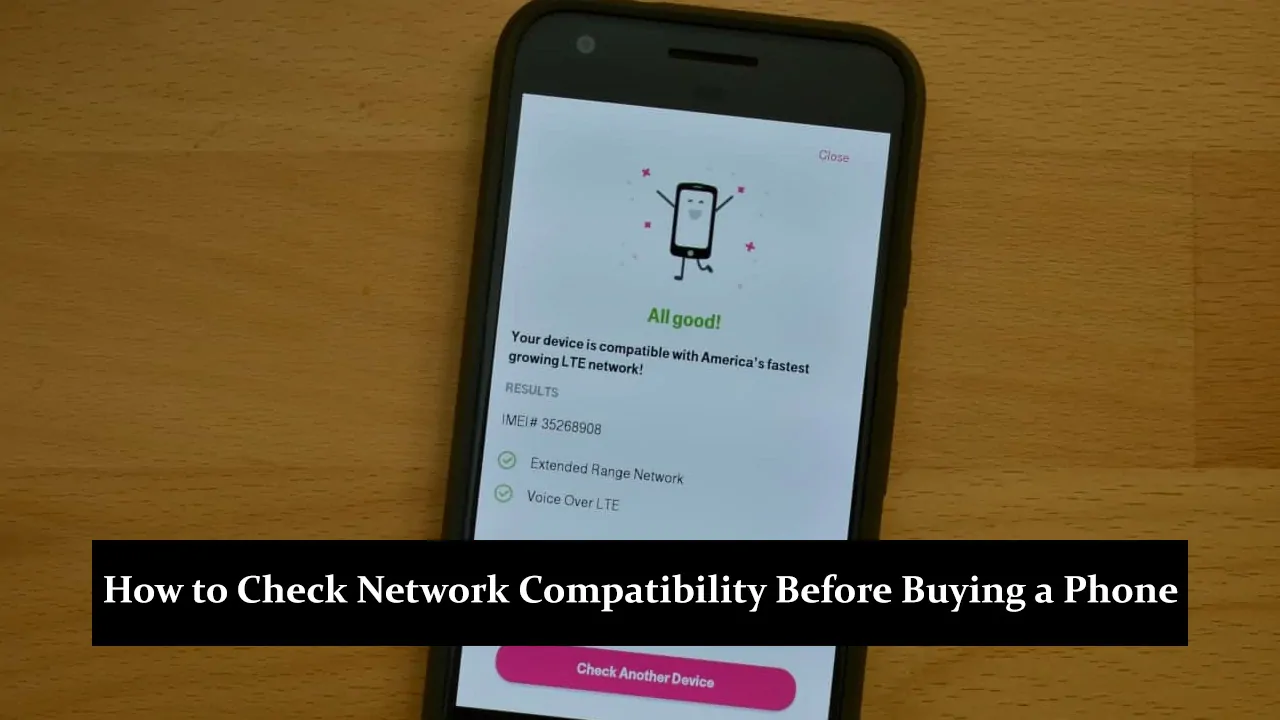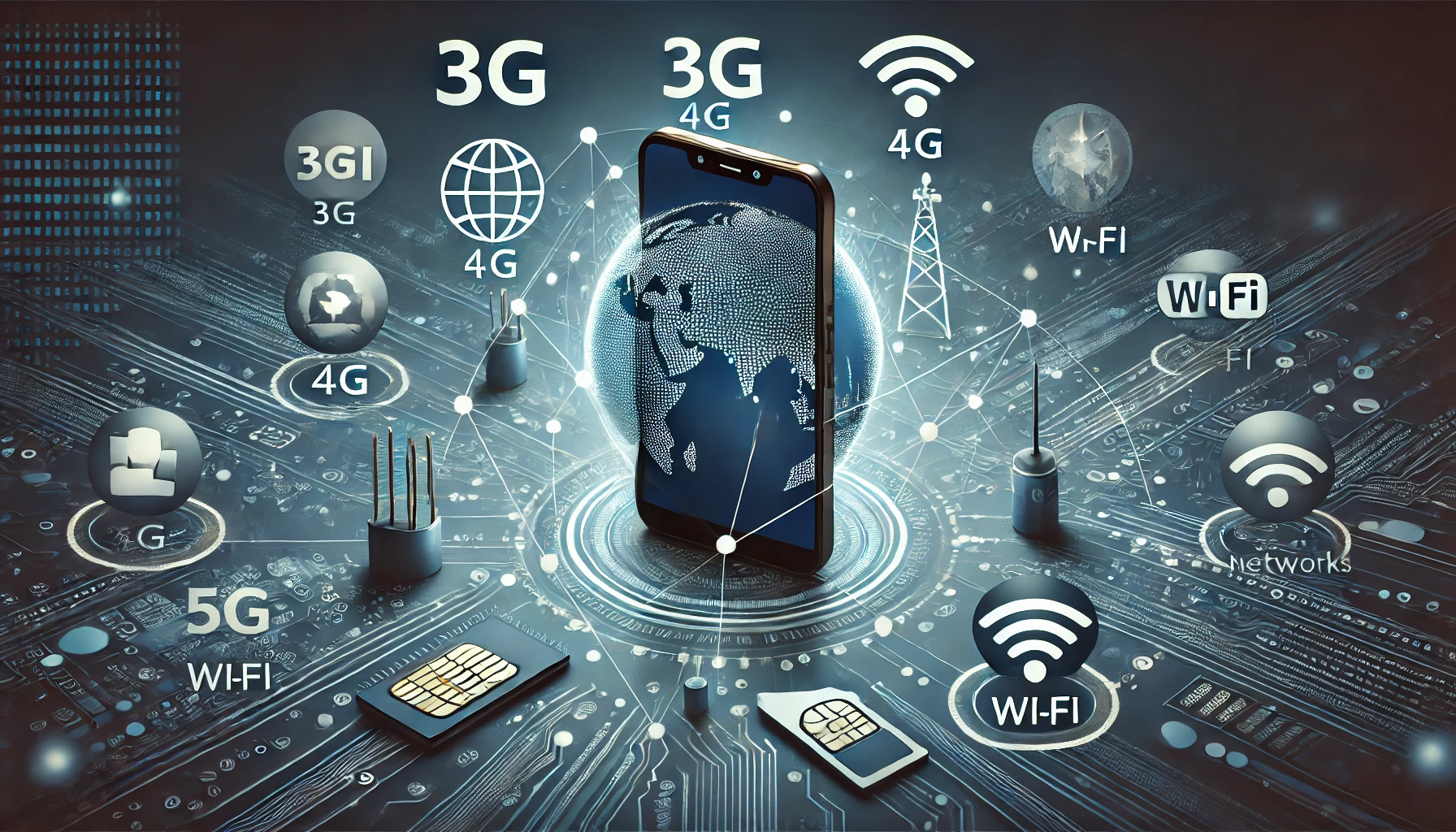When buying a new mobile phone, ensuring compatibility with your network is crucial for seamless communication and internet access. Network compatibility determines whether your phone can connect to your carrier’s frequencies, impacting everything from call quality to data speeds. This blog will help you understand the importance of network compatibility and the steps to check it before making a purchase. We will cover essential aspects like carrier requirements, frequency bands, and how to verify compatibility to ensure your phone works perfectly with your network.
Understanding Network Compatibility
Network compatibility refers to a phone’s ability to connect and function properly with a specific carrier’s network. Different types of networks, such as GSM, CDMA, LTE, and 5G, each have unique technologies and requirements that can affect a phone’s performance. GSM and CDMA are older standards, while LTE and 5G represent the latest advancements, offering faster speeds and broader coverage. Understanding frequency bands is essential because these bands are the specific ranges of radio frequencies that networks use to transmit data. A phone must support the necessary frequency bands to access the network efficiently.
Checking Phone Specifications
When checking phone specifications, manufacturer websites and trusted retailer sites are the best sources. These platforms typically provide comprehensive details about a phone’s features, including network compatibility.
Key Specifications to Look For
Focus on key specifications such as the network bands and supported technologies like GSM, CDMA, LTE, and 5G. These details determine whether the phone will work with your carrier’s network.
How to Interpret the Specifications
Understanding how to interpret these specifications is vital. For instance, decoding LTE bands involves knowing which frequency bands your carrier uses and ensuring your phone supports them. Similarly, understanding 5G capabilities means checking if the phone supports the necessary bands and technologies for full 5G functionality on your carrier’s network.
Using Compatibility Tools
There are several online tools and databases, such as GSMArena, MKS and WillMyPhoneWork, that can help you quickly determine if a phone is compatible with your carrier’s network. These tools allow you to input your phone model and carrier to check for compatibility across various networks and regions.
How to Use These Tools Effectively
To use these tools effectively, enter the exact model of your phone and select your carrier and region. The tools will then display a compatibility report, highlighting which network technologies and bands your phone supports. This helps you assess whether the phone will work seamlessly with your chosen career.
Limitations of Online Tools and the Importance of Cross-Referencing Information
While these tools are helpful, they have limitations and may not always provide the most up-to-date information. It’s important to cross-reference the results with your carrier’s website or contact customer support to ensure the phone will work as expected on their network. This extra step helps avoid any potential issues with network compatibility.
Carrier Support and Customer Service
After researching online, it’s wise to contact your carrier to confirm your phone’s compatibility with their network. Carrier support teams can provide specific details and help clarify any uncertainties about your phone’s ability to connect and function effectively.
Questions to Ask Carrier Support
When speaking with carrier support, ask about the specific network technologies (GSM, CDMA, LTE, 5G) and frequency bands your phone needs support. Inquire if there are any known issues with the phone model you intend to use on their network, and whether any software updates or settings adjustments are required.
Importance of Verifying Information from Multiple Sources
Verifying compatibility information from multiple sources, including online tools, carrier websites, and direct communication with carrier support, is crucial. This ensures that you have the most accurate and reliable information, reducing the risk of encountering connectivity issues after purchasing your phone.
Network Compatibility for International Travel
When travelling internationally, network compatibility becomes even more important, as different countries may use varying network technologies and frequency bands. Ensuring that your phone is compatible with the networks in the countries you plan to visit is crucial for maintaining connectivity while abroad.
Dual-SIM and eSIM Options
For frequent travellers, phones with dual-SIM or eSIM capabilities offer added convenience. Dual-SIM phones allow you to use two different carriers simultaneously, making it easier to switch between networks when travelling. eSIM technology, on the other hand, lets you download carrier profiles without needing a physical SIM card, providing greater flexibility when changing carriers or countries.
Purchasing Unlocked Phones for Better Flexibility
Purchasing an unlocked phone gives you the freedom to choose any carrier, both domestically and internationally. Unlocked phones are not tied to a specific carrier, making them ideal for those who travel frequently or wish to switch carriers without being restricted by network compatibility issues.
Conclusion
Understanding and checking network compatibility is essential for ensuring your phone works seamlessly with your carrier, whether at home or abroad. Thorough research, including using online tools, contacting carrier support, and considering international needs, can save you from future connectivity issues. Remember to verify information from multiple sources before making a purchase. We encourage you to share your experiences and ask any questions in the comments section below, as your insights can help others make informed decisions.







